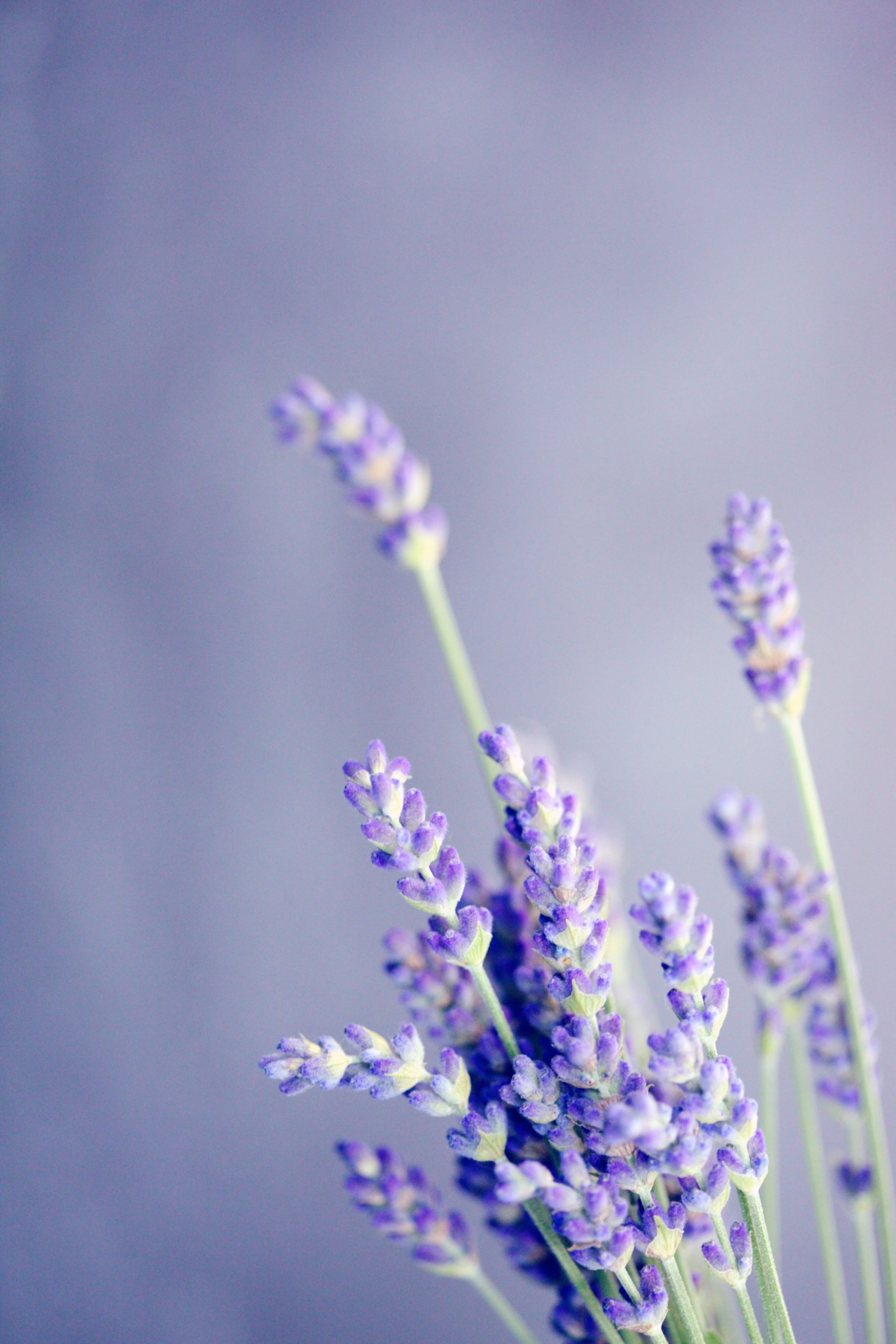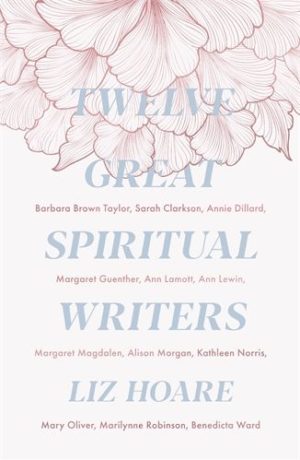



Many people assume that professing Christians have got things sorted. They know what they believe and are fully committed 100% of the time to their position. Doubts can seem a betrayal of faith and are best kept to ourselves. We worry about being judged, or perhaps we don’t want our doubts to disturb others. But Christians do have doubts and questions often lurk at the edges of our minds. They may not undermine our overall trust in God, but they cause us to question and wonder at things others seem to take for granted. This study employs two of the writers in Twelve great spiritual writers to explore the place of doubt in the midst of faith.
The study begins with discussion of doubt in its various forms and the way it has been portrayed by some writers. Kathleen Norris and Barbara Brown Taylor and their writings are the two authors explored from the perspective of doubt and faith. Jacob wrestling and the doubting disciples offer biblical perspectives with questions and action points to end.
A number of the writers in Twelve great spiritual writers are there because they have wrestled with big questions and in sharing their stories they demonstrate that far from being the opposite of faith, doubt is part of the human quest for meaning and can be the gateway to a deeper trust in a God who far exceeds all our imaginings. Margaret Guenther was a spiritual director (she died in 2019) which means that much of her time was spent listening to people struggle with their prayers and their understanding of where God is at work in their lives. She wrote about offering hospitality to people through her listening ministry and the importance of walking alongside pilgrims for a part of the way. Barbara Brown Taylor is a preacher who was the minister of a large and thriving church and who stepped out of ministry because she realised she had lost her way. Her books are full of reflective reconstructions of what following Christ actually asks of us, rather than what we think it is asking. Her book, learning to walk in the dark (Canterbury Press, 2014, 2015), is especially instructive in showing how much trust involves not knowing and not necessarily succeeding, rather than living with certainty and perpetual victory. Anne Lamott, meanwhile shares her life’s struggles around addiction and messiness with her readers. She keeps returning not to answers to all her questions but to grace, one book being called Grace (Eventually): thoughts on faith, (Riverhead Books, 2007).
The opening writer in the book is Kathleen Norris, an American writer on faith who abandoned her Christian upbringing because of her perceived conflict between being a Christian and being a writer. Kathleen gained the impression that such a way of life was unspiritual, but she also picked up the equally damaging idea that Christianity was something that required a person to suppress their intellect. In such a context questions and doubts were clearly unwelcome. Kathleen came back to faith over a long period of time, but she did not lose her questioning nature, especially where apparent religious certainty seemed to diminish the wonder of grace in a human life and in the world. It was the non-judgmental welcome afforded her by a Benedictine monk that gave her the space to ask questions, however outrageous they might seem. Helped also by the rhythms of the Benedictine way of praying a daily office and reading the Bible slowly and meditatively, she overcame her doubts sufficiently to return to church. Slowly she began to see that God was both far bigger than she had thought, but also far more interested in the ordinariness of her everyday world than she could have dreamed. Much of this experience comes together in her book, The quotidian mysteries: laundry, liturgy and women’s work, (Paulist Press, 1998). Her concern in her writing is to let God be God. This may mean cutting religiosity down to size at times, which she does with her gift of exploring language and what we do and don’t mean by religious language especially.
Like Kathleen Norris, Barbara Brown Taylor is convinced that there is no way to God apart from real life in the world. Also like Norris, she has struggled with accepted doctrines of faith that do not seem true in her own life’s experience. She writes about how, in preparing her sermons, she wrestles with Scripture, a vivid image that conjures up Jacob wrestling at the Brook Jabbok. She comments that her relationship with the Bible is more like a marriage than a romance in that it requires work:
‘Living with the text day in and day out, by listening to it and talking back to it, by making sure that I know what is behind the words it speaks to me and being certain I have heard it properly, by refusing to distance myself from the parts of it I do not like or understand, by letting my love for it show up in the everyday acts of my life.’ (The preaching life. Living out your vocation, Cowley publications, 1993, p68)
Later on she says: ‘The Bible turned out to be not a fossil under glass but a thousand different things – a mirror, a scythe, a hammock, a lantern, a pair of binoculars, a high diving board, a bridge, a goad.’ (ibid, p58)
In Learning to walk in the dark, Brown Taylor describes two kinds of spirituality: solar and lunar. The first, as its name suggests is a sunny kind of faith, always positive and bright. Lunar spirituality on the other hand, has to feel its way forward without knowing what the next step might be. She wrote this book for three kinds of people who might have questions and or doubts: young people, for whom their parents’ faith does not resonate; people in mid-life who have taken some knocks, including in the area of faith; and older people, such as the author herself, for whom dying draws closer and who need help to get ready.
Sit quietly with these passages for a while and allow the uncertainty and the questioning to remain unresolved. Share any insights these narratives suggested to you during this time.